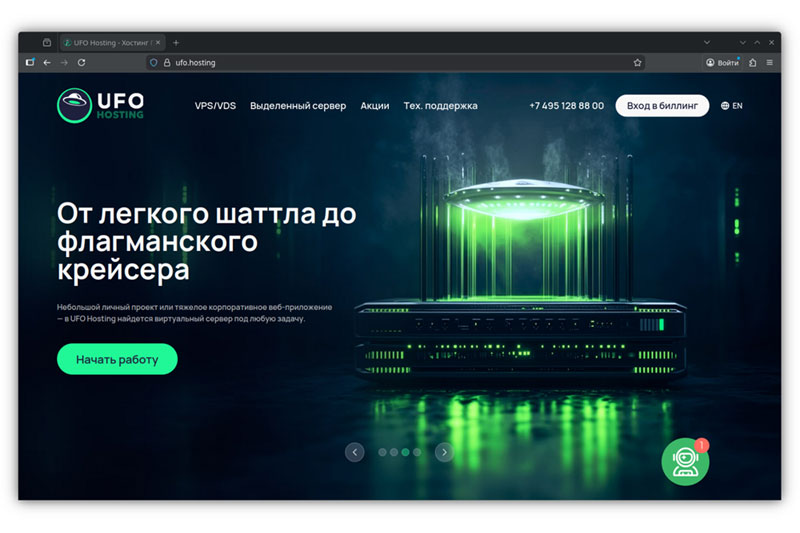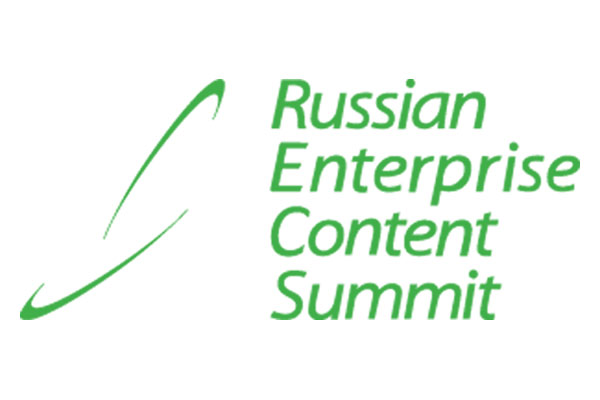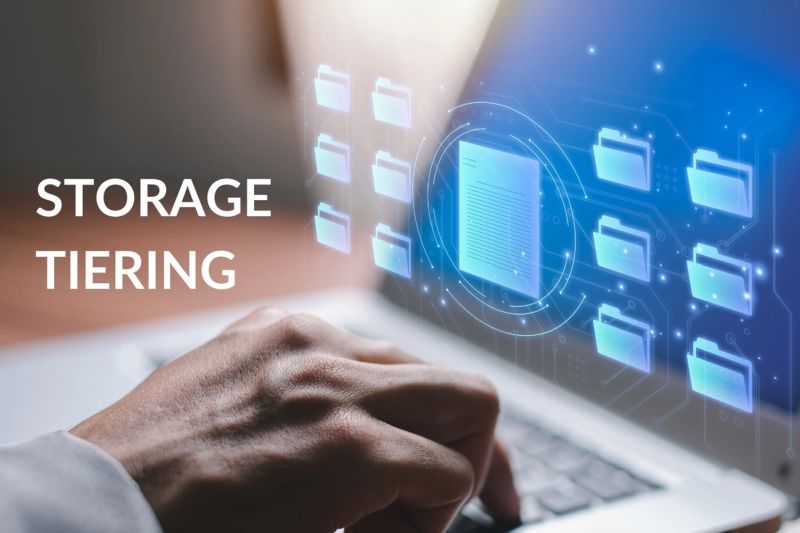Epsylon Technologies’ Vision of Internet 3
Incorporating Internet in Enterprise Environment
Our life is getting more and more influenced by the Internet, which has become an integral part of technological infrastructure of the society. Consumers’ needs of information facilitate creation of new markets for software technologies vendors. One of such new markets, for example, deals with Web application servers. This rapidly growing market emerged in response to the demand for remote data access tools. The market of client - server systems incorporating thin clients is another example of the above-mentioned trend. There are many more areas where new technologies providing remote access to data and intellectual applications can be used.

Demand for such technologies is determined by some economical trends - more and more large enterprises want to use the Internet as a part of enterprise information environment and as technological basis for various services, while more and more people use the Internet in their everyday life. As far as the Internet became wide spread, initiative companies have a chance to establish businesses based on providing large corporations, small enterprises and home users with new Internet services. Such needs and trends are forming demand for new powerful Internet technologies.

Conception
In 1996 Epsylon Technologies (ET) worked out the conception of new technological basis of the Internet. The main elements of this conception are:
- Universal telecommunications monitor - an Internet protocols-independent operation environment providing interconnections between remote applications;
- Object surface - way to represent interactions between distributed applications as operations over a certain number of objects;
- Protocol parsers - telecommunications monitor drivers that are servicing specific application protocols;
- Multi-user applications - programs operating as a mass services systems in conditions of constantly changing, unpredictable loads and number of users;
- Intellectual directory - a feature that provides users navigation in the Internet space consisting of intellectual applications.

This conception was implemented in ET’s own technology named “Taxxi-baikonur” that allowed to build robust and powerful software products both for existing market sectors - Web servers, Web application servers, mail servers as well as for appearing markets related to the Internet - geoinformation servers, multi-user systems with ultra thin clients, systems with weak computing capacities (Car PC, Web TV, set boxes, game stations etc.).

Customers
There are three distinct categories of the Internet technologies users, each having different needs and priorities:
- end users of information resources;
- service providers;
- new services developers.
End user is not aware of a technology as such. He deals with the consequences of its implementation, and from this point of view he is not a direct consumer of the technology. The typical user of this category is conservative, he doesn’t want to learn sophisticated interfaces. He prefers to work with familiar tools and familiar interfaces, choosing systems that require minimal skills and customizing. This makes the end user an ideal consumer of the ultra thin client technology, where all settings and services are centralized at the server side.

Service provider uses Internet-related software as a technological base of his business. Main requirements of this consumer category are low costs of acquisition, support and maintenance of the basic software, high reliability of this software, scalability, compatibility with other technologies (including legacy systems), ease and convenience of administrating, stability to changing loads and number of users, significant performance potential and data security.

New services developer presents specific requirements towards the software. One of his primary needs is Rapid Application Development (RAD) tools that provide him a quick and easy way to solving his tasks. A developer is interested in compatibility with the legacy technologies, which he has been using for a long period. He needs open and scalable solutions, which means that they should have no principal limitations in supporting of new technologies (even not yet existing).

A large group of companies producing Internet access hardware - WebTV, set boxes, car PC etc. - can also be ascribed to the third category. Such companies are interested in development of technologies that can provide their products with new capabilities and thereby make them more competitive.
All this was taken into account by ET as it was developing its software product line. The new ET’s programs form a technological base for an entirely new market aimed at providing customers with distributed intellectual dynamic Internet content.
More about the trends
Worldwide trends in information technologies development are development of technologies for the global networked world, the world, where weak and powerful computing devices operate in interconnected, interrelated communication space. These trends can be classified in two ways. The first considers the improving of functionality:
- Client-server technologies assume multi-tier (N-Tier) architecture;
- Modern RAD tools also support not only two-tier, but also multi-tier architectures;
- The role of weak client devices with zero administration (thin and ultra thin clients) increases because this minimizes the Total Cost of Ownership (TCO);
- Centralized multi-server administrating becomes more important;
- Modern technologies regard the Internet as a common global directory for data storing;
- Application server technology tends to predominate in the world of global networks;
- Requirements to the application servers’ reliability, scalability and performance are growing;
- Technologies providing information system security - secure access, traffic encryption, trusted technologies, VPN (Virtual Private Network) technologies - become very popular;
- The growth of the global net modifies both developer’s and user’s attitude towards operating environment functionality.
The second way of classification considers the user’s needs fulfillment:
- Technologies are developed that provide instant communications between people in the global net;
- The difference between working in the enterprise LAN and private Internet browsing is wiped out; the corresponding technologies converge;
- Applications’ status is shifting from personal to network (word processors are transformed into enterprise document storage tools, applications for static data analysis - into multi-user analytical services, GeoInformation Systems (GIS) acquire multi-user support etc.)
On this early stage of its development the Internet is primarily used as a large storage of hypertext documents. but even now specialists predict, that the Internet content will soon be animated by new intellectual features (Web application servers, instant communicators, Java, ActiveX etc.). Like the first daguerreotypes were developed into new cinema technologies, the Internet inevitably will absorb technologies for filling of the Web with dynamic intellectual content. A company that will present a universal, mass and reliable technology of the dynamic intellectual Internet content creating and maintaining, will virtually find a gold mine.
The Third-Generation Internet
Actually the Internet of the first generation - Internet 1 - will become the base for creation of a new mass market, where dynamic intellectual content-oriented technologies are necessary. The term Internet 2 refers to the methods for physical increasing of the Web bandwidth with the help of new high speed connection lines and new data transmission technologies. We think, it’s time to talk about a new term and a new market - Internet 3. It means a world wide web, where dynamic intellectual data sources, instant communications and peer-to-peer connections are the key features.
Epsylon Technologies’ point of view
In our opinion, technologies for application servers, thin clients, thin servers, technologies for adding global network capabilities to desktop applications, technologies for peer-to-peer and instant communications can be integrated in the framework of a common technology base.
The emphasis in ET’s developments was on high performance multi-platform telecommunication monitor, intended to be a base of the whole product line. The telemonitor was created in 1996 and is included in the most part of ET’s products. Its main characteristics are high performance, good load capability, compatibility with other technologies and scalability. The size of the telemonitor executable codes is quite small, therefore it is deployable both on palmtop computers as well as on mainframes.
The telemonitor technology is implemented in:
- server side software - as basic application server;
- client side software - as reliable and fast engine for network communications.
When the technology base (telemonitor) was developed, ET got ability to release global network software for various application areas. To save time and money for the development process, the base technology was complemented with a technology for rapid visual component programming. The according component libraries for popular programming environments of the third companies were developed for this purpose.
To date there is a two-year history of application of these approaches in projects for enterprises and the Internet.
The above mentioned Taxxi-baikonur technologies let ET to compete with the leading software technologies vendors in the following directions:
- minimization of time and programmers’ work for creation of new software for arising markets - it gives marketing flexibility and competitiveness;
- a lot of application areas in various market sectors with a common programming approaches;
- scalability, high performance and load capability;
- maximal openness of the technology and compatibility with legacy systems;
- compatibility with third parties software;
- due to Taxxi-baikonur technology principles all ET’s software products has unique characteristics.
As it was mentioned above, the main concepts of Taxxi-baikonur technologies are universal (protocols-independent) telecommunications monitor; object surface; protocol parsers; multi-user applications; intellectual directory. These concepts provide compatibility with third technologies by minimal developer efforts.
More about the technologies
The telemonitor (TM) - universal, high performance, protocol-independent feature - is a base of all ET’s products. It has its own internal API, supports transactions, toggles data flows between tasks and users and control task performance. TM code is written in C and therefore it is platforms-independent. There are telemonitor versions for Windows 95, 98, NT, Linux, AIX and Solaris. Versions for Windows CE (palmtop) as well as for OS390 (mainframe) are also realizable.
The telemonitor toggles data flows from clients to tasks and back and, when required, starts single- or multi-user applications. The applications, which are controlled by the telemonitor, receive from it message and data flows. To operate with Internet protocols such as HTTP, SMTP, FTP, IIOP and any others, parsers of the according protocols must be installed into the telemonitor. Data, which incomes to the telemonitor, passes through a parser and then is sent to according task, which processes it. In this model a task may initiate a request to another task. Every task can operate with various protocols and a number of users.
Input/output thread of each task is represented as a projection onto the “object surface”, therefore a developer of server side applications can forget about details of network interaction implementation. In this model interaction between client and server side applications is described through visual and non-visual controls, i.e. objects, which properties and methods encapsulate features of certain protocol, client application and programming environment (see fig. 1). This approach resembles interface approaches of CORbA and DCOM, but it is different, because it enables application of both already existing application protocols (DCOM and IIOP) as well as protocols, which are not intended for object interconnections (HTTP, SMTP, POP3 and IMAP4).

Fig. 1. Interaction between client and server
So, this architecture provides compatibility and scalability of Taxxi-baikonur series products and enables rapid creation of new products by their “assembling” from the “technology blocks”.
An object surface of a server side application is projected onto an object surface of client side application. Any application protocol can be selected for the data transmission. Type of the object surface depends on the used protocol (see fig. 2).

Fig. 2. Selecting protocols for data transmittion
The picture shows interaction of Taxxi-baikonur architecture elements in a centralized system. TM is to start, run and terminate applications. The applications interact with TM through baikonur Native API - high speed application bus. Client requests is recognized by parsers and commuted by TM to according tasks. Input/output threads are projected onto according object surfaces. Any database of any software can be used as a data source for applications, if it is connected by a special link or API.
The below pictures explains how to construct server products for the Internet in this architecture (see fig. 3).

Fig. 3. Constructing server products for the Internet
There are products developed in Taxi-baikonur architecture in the pictures. The third one shows client application called Taxxi Communicator that includes TM. As far as all products include TM, creation of a decentralized distributed information system is also possible (see fig. 4).

Fig. 4. Decentralized information system
TMs can process simultaneous asynchronous requests from applications to numerous nodes in a system, thus enabling the development of hierarchical processing centers (see fig. 5).

Fig. 5. Hierarchical processing centers
The above picture shows architecture for using of usual desktop applications as client browsers in an Internet system. TM and object surface concepts enable using of popular programs as Java Machine, MS Office, Visio, GIS framework etc. as client communicating applications.

Fig. 6. Object surface and intellectual directory
The next important concept - intellectual directory - is intended to simplify navigation in the global net including numerous sources of intellectual dynamic content. This concept is a logical consequence of the object surface concept. In this case a remote multi user application projects its object surface onto a window, which is represented in the user desktop as a directory. This approach is very flexible - there is no restrictions on logic of the application that represents the directory information for the user. Due to such flexibility many various scenarios of user operations with the directory information can be implemented. The intellectual directory is the latest basic concept of ET and it is implemented in the newest products only (see fig. 6 and 7).

Fig. 7. Single- and multi-protocol remote directory applications
Conclusion
Now due to Taxxi-baikonur technologies we have an opportunity to form a new market that we call Internet 3 - World Wide Web with the intellectual dynamic content, acceptable for all enterprises and users of the current Internet. As movies and TV technologies come after daguerreotypes, as well the current Internet technologies will be replaced with technologies supporting the intellectual dynamic content. In the case of movies, arising of the technologies supporting the dynamic content led to arising of numerous new businesses, which value exceeded all expectations. ET is on the start of the analogues technology revolution in Internet.
Ways of extending the telecommunication monitor functionality
- Improvement of controllability of telemonitor basic capabilities (extension of the existing native API - application bus);
- development of transaction capabilities;
- more intellectual and controllable caching mechanism;
- improvement of central repository functionality;
- development of mechanism for tasks and queues;
- improvement of capabilities for load balancing;
- support of the 3-phase commit mechanism.































